Dianthus Plant
Dianthus, commonly known as Pinks, thrives in well-draining soil and full sun to partial shade. Water consistently, and deadhead spent flowers to promote continuous blooming. Fertilize during the growing season for healthy plants and abundant flowers.
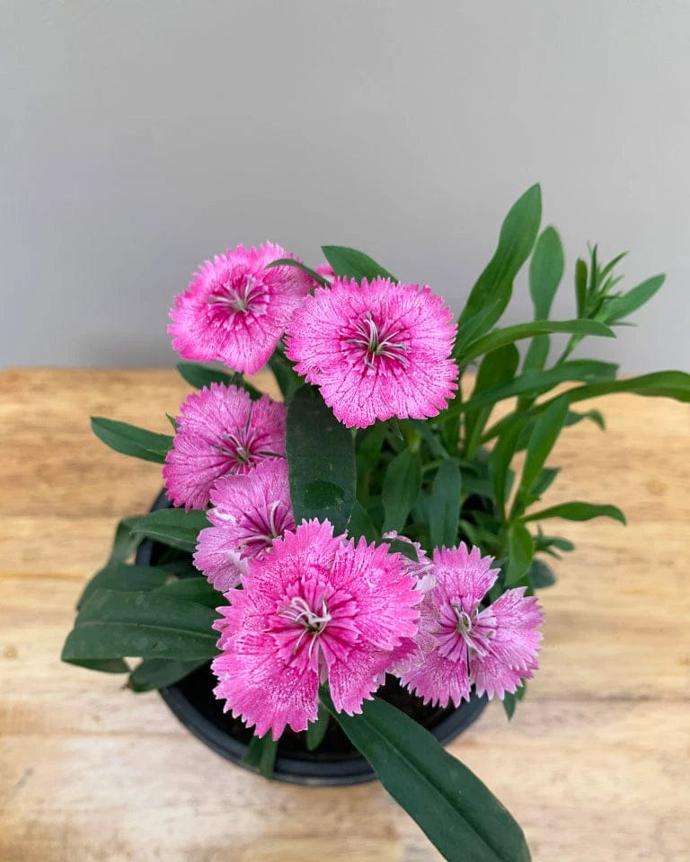
Habit
Perennial
Height
15 to 60 cm
Growth
Moderate
Soil
Well-drained loamy
Shade
Full Sun
Moisture
Moist
Edible
No
Medicinal
No
Origin
Europe, Asia
Climatic Condition
Cool, temperate
Temperature (°)
5 to 25
Humidity (%)
50 to 70
Potting media
Loamy soil mix
Fertilizers
High phosphorus, potassium
Watering
Moderate watering
Plant Weight
50 to 200 g
Flowering Time
Spring to Summer
Soil Ph level
6.0 to 7.5
Water Ph level
6.5 to 7.0
Soil EC
0.3 to 1.0
Yield Per Plant
5 to 10 flowers per plant
NPK ratio
10:10:10
life Span
Perennial
Health Benefits
Used in perfumes, herbal teas, medicinal uses.
Suggested Grow Media or Potting Mix ?
50% loamy soil, 30% compost, 20% sand
Suggested Fertigation/Fertilizers
Fertilize every 2-3 weeks with a balanced fertilizer.
Common Diseases and Remedies
Anthracnose, Root rot, Wilt
Brown spots appear on the Leaves and stem. Growth stops and leaves turn yellow.
Avoid water logged conditions . Remove the effected part of the plant and destroy. Cinnamon fungicide can be sprayed in 2 weeks of interval.
HEALTH BENEFITS
- Traditionally used for digestive issues and as a diuretic.
- Has antimicrobial and anti-inflammatory properties.
- Carnation flowers (a type of Dianthus) are sometimes used in herbal teas for relaxation.
What Is An Dianthus Tree?
Dianthus plants are known for their attractive flowers in white, pink, and red, often with an accent color in the center. Also known as clove, carnation, and sweet william. Dianthus plants include annual plants and perennial plants. They range from ground-hugging varieties to 30-inch-tall cut flowers.
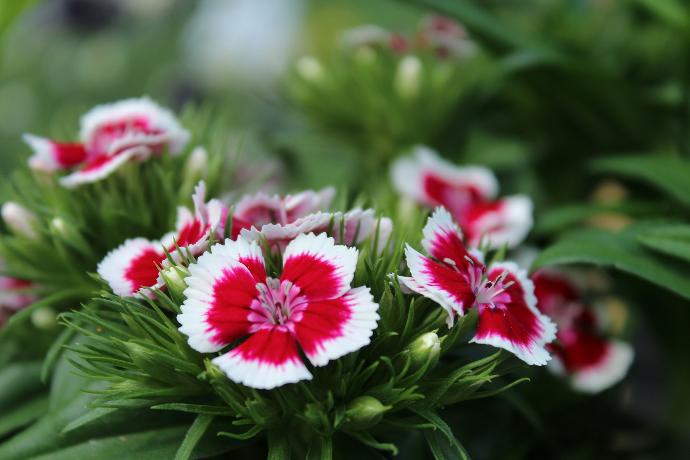
What Are The Different Types Of Dianthus Plants?
1. Dianthus barbatus
Also known as Sweet William, this plant belongs to the clove family and has a spicy aroma with notes of cinnamon and cloves.
2. Dianthus giganteus
Also known as giant pink, this plant is native to Romania and other parts of the Balkans. Grows up to 90cm in height and thrives in sunny locations.
3. Dianthus gratianopolitanus
This plant is long-flowering and provides a spectacular display all summer long. There are also perennial varieties such as 'Fire Witch'.
4. Dianthus alpinus
Also known as alpine pink, this plant is native to the Alps and tolerates low temperatures and drought. It produces white or pink flowers in summer.
5. Dianthus deltoides
Also known as maiden pink, this plant has small pinkish-red flowers in a low or trailing habit.
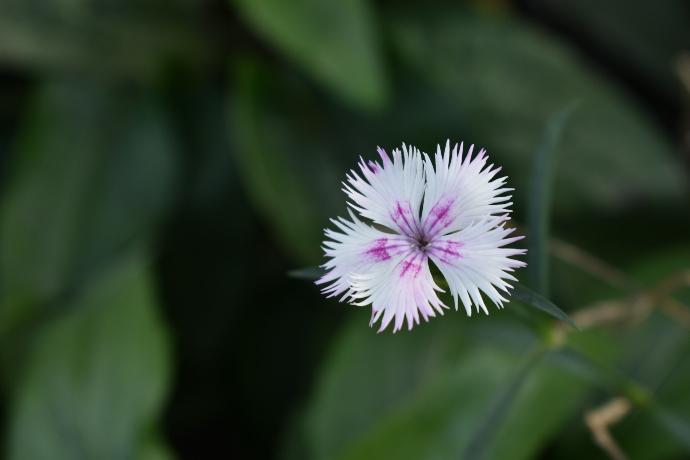
How to care for Dianthus Plants ?
1. Location
At least 6 hours of sun per day is ideal for dianthus, but they can also tolerate partial shade.
2. Sunlight
Dianthus plants prefer full sunlight for at least 6 hours a day. It tolerates partial shade, especially in warmer regions.
3. Hydration
Water dianthus plants twice a day in summer and once every two days in winter. Use a jug of water instead of pouring water into a pipe, as plants and seeds may be washed away.
4. Soil
Dianthus plants prefer nutrient-rich, well-drained soil with 5 to 10 cm of compost. Avoid overwatering as this may cause root rot and mold.
5. Nutrition
Use a balanced fertilizer every 6 to 8 weeks during the growing season. Sustained-release products with an NPK ratio of 10-10-10 or 20-20-20 are most effective.
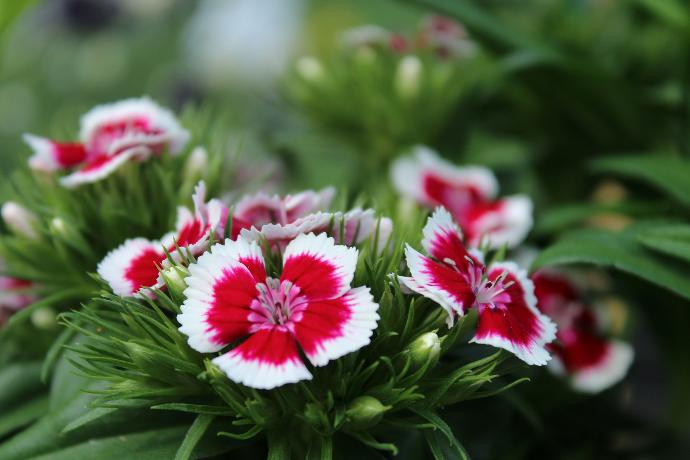
6.Issues
Pests: Aphids, grasshoppers, slugs, snails, and bean beetles can all be attracted to dianthus. You can get rid of aphids with a water jet.
Diseases: Fungal diseases include Wilt, Fusarium, and Verticillium.
Dianthus health benefits include its ability to reduce inflammation, improve respiratory health, strengthen the immune system, reduce stress, improve digestion, and protect the heart. It is also known to have antibacterial and antifungal properties that help protect against infections
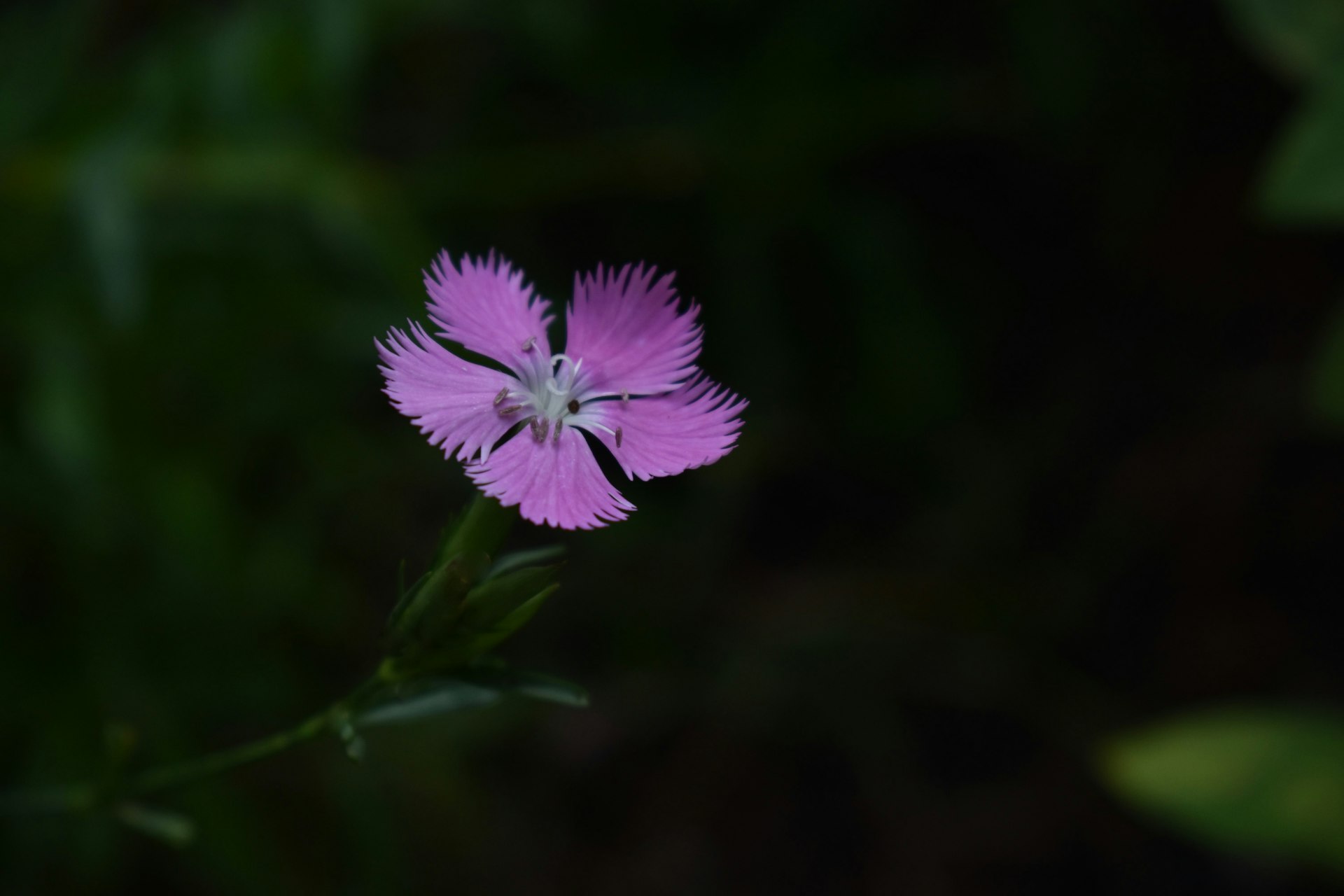
FAQs About Growing Dianthus
1.Do Dianthus come back every year?
Dianthus are perennials, so they will grow back every year once planted.
2.How do I get more flowers in Dianthus?
Deadheading: Dianthus bloom hard and heavy in spring and intermittently throughout the season until early fall.
3.Where does Dianthus grow best?
full sun All dianthus prefer full sun (at least six hours per day.
4.What is the life cycle of Dianthus?
Growth: Dianthus barbatus is commonly known as a biennial, a plant with a two year life span.
5.What is the best fertilizer for Dianthus?
The best type of fertilizer for dianthus is a slow-release product. Look for products with an NPK ratio of 10-10-10 or 20-20-20.

